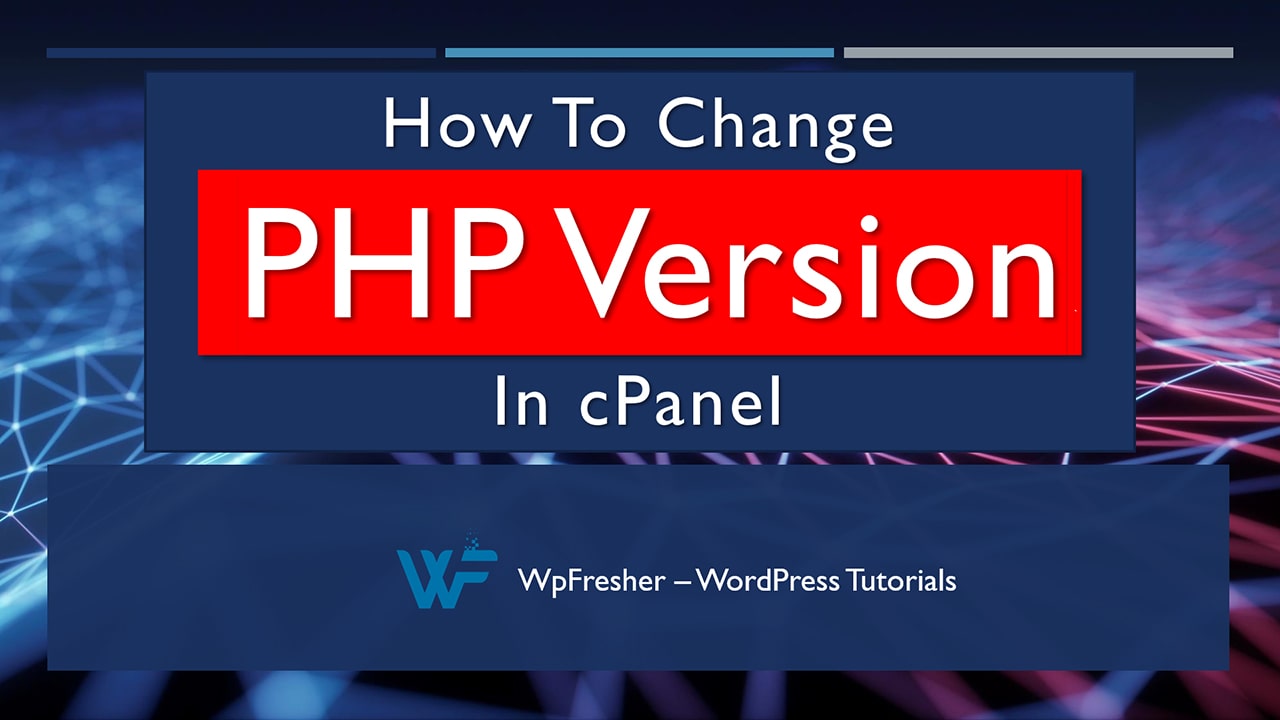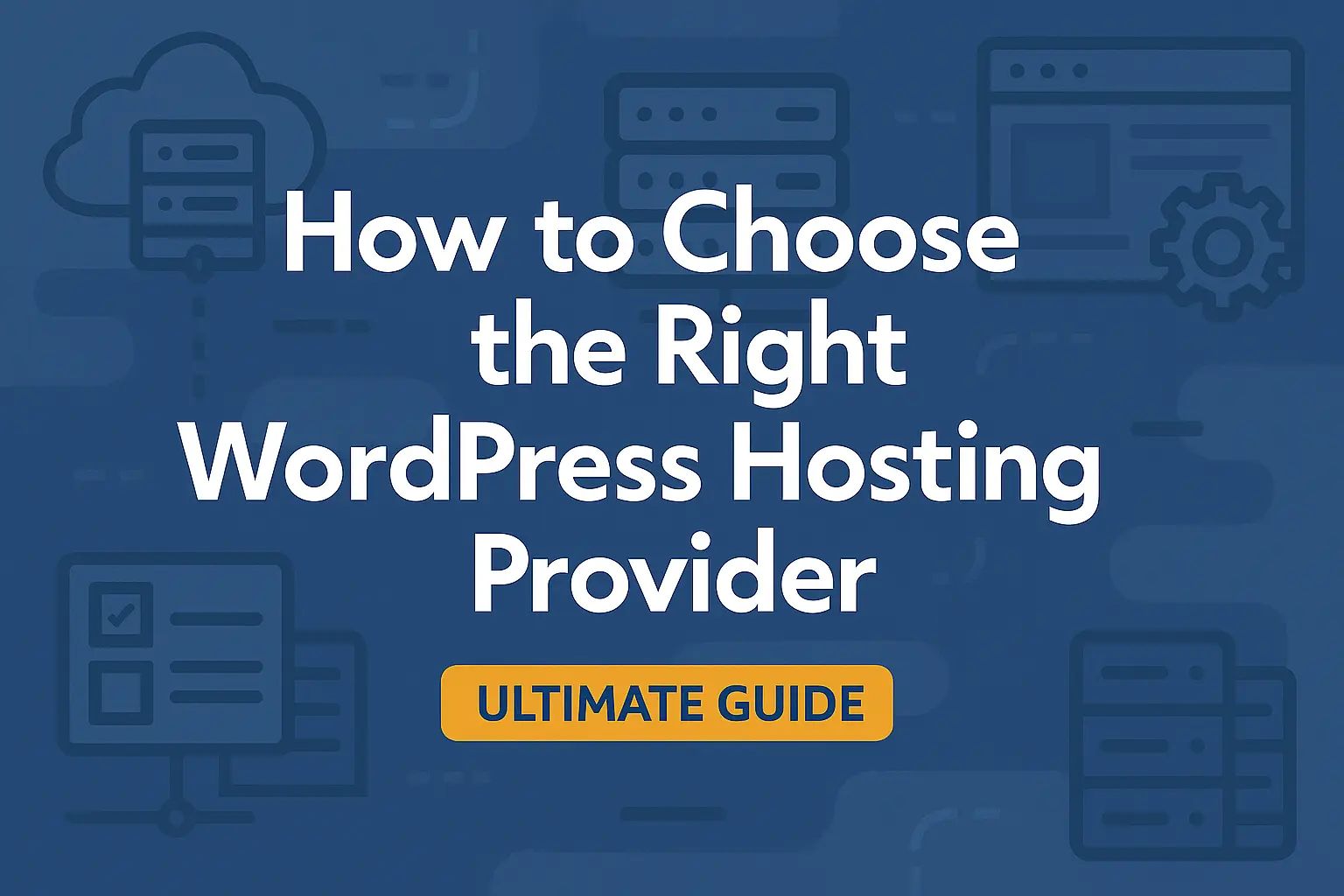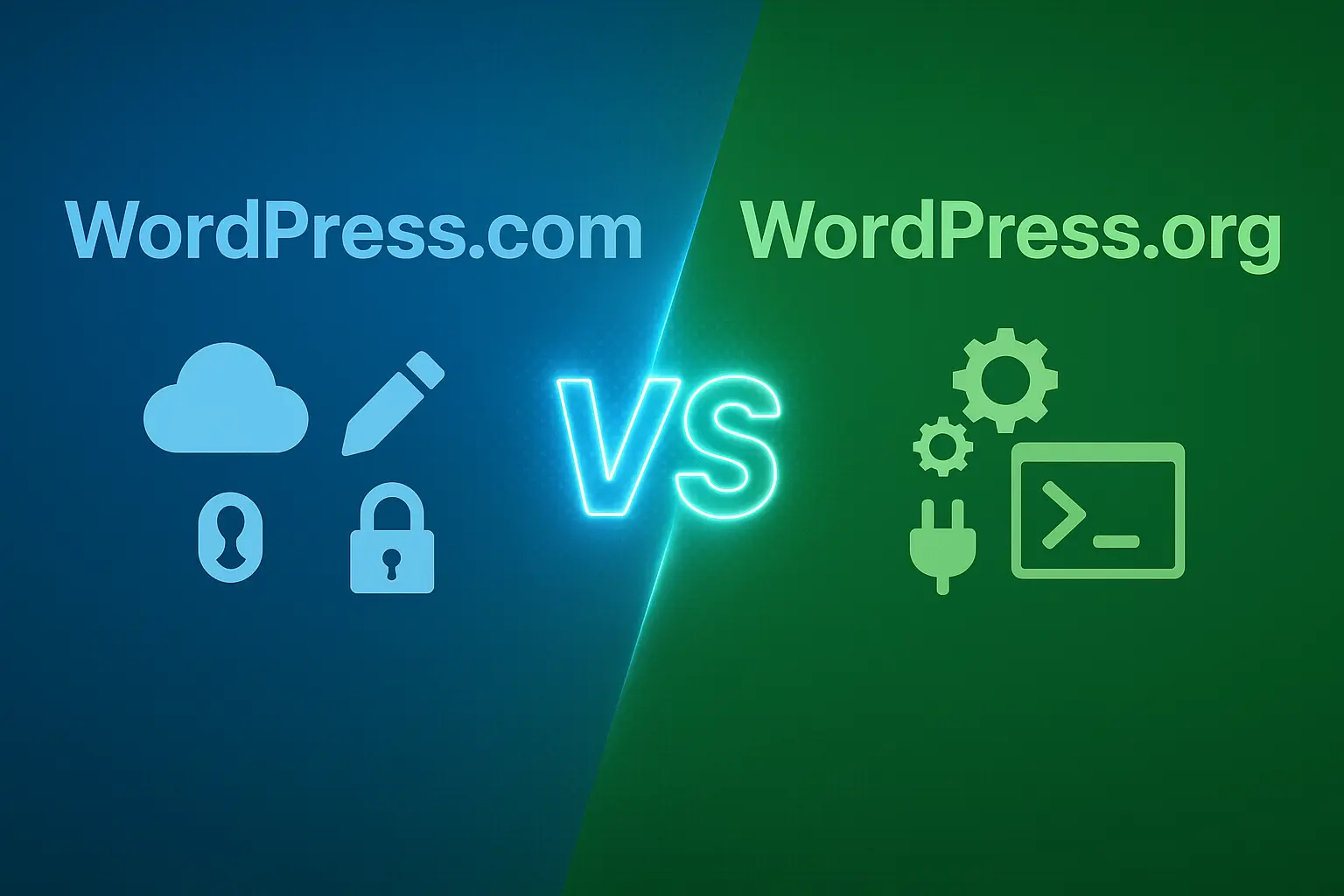Are you looking for a way to Change PHP Version in cPanel? Well, you are in the right place, we will discuss all the possible ways to Change PHP Version from cPanel. It is simple to select the PHP version that your site is utilizing using the most recent versions of cPanel.
You may use multiple versions across sites in the same cPanel by switching between them with only a few clicks. When updating older websites, debugging issues, or working with third-party software, this is extremely useful. Let’s look at how to use PHP to its full potential on various sorts of servers.
Table of Contents:
Do you not have time to read the article on changing the PHP version? Watch our awesome explained video to Change PHP Version in cPanel
Make sure your Business, Agency, or Reseller clients are always using our suggested web hosting to get a better speed, performance, and uptime guarantee.
=> Here are our suggested web hosting companies:
1. BlueHost
2. HostGator
3. NameCheap
PHP Versions and Server Types
On our Shared, Reseller, and cPanel-based WordPress servers, we test and troubleshoot before installing the most recent versions of PHP. For reasons of reliability, the ‘default’ PHP version for newly built sites is frequently one or two versions behind. However, feel free to update to the most recent version as soon as it is available!
We entrust the management of PHP installation and updates on VPS and Dedicated Servers to you and your Server admins. But if you require assistance, our 24 hours/7 days Technical Support staff is happy to install more recent PHP versions at your request!
Newer versions of PHP might need to be manually installed if you have a VPS or dedicated server.
cPanel’s MultiPHP Manager
It used to be all or nothing when it came to managing several cPanel PHP versions. Every site on a cPanel would have its PHP version changed simultaneously using older tools. Using .htaccess files, complex workarounds were necessary to configure various specific sites. MultiPHP Manager, a new tool included in the most recent versions of cPanel, makes the procedure easier. To begin, open the MultiPHP Manager icon in the cPanel Software area.

Please note: the MultiPHP Manager link should be selected, not the MultiPHP INI Editor. A different piece of software called the INI Editor enables you to customize the PHP settings for specific websites.
Change the PHP Version on Your Sites
We will teach you how to utilize the MultiPHP Manager now that you know what it is and how to change the PHP version for your websites.
- Step 1: Login into the cPanel.
- Step 2: In the Software section of cPanel, click on the MultiPHP Manager.
- Step 3: For the site or sites, you want to update, check the appropriate options.

- Step 4: From the drop-down option, choose the preferred PHP version.

- Step 5: Finally, Click on the “Apply” button.
Well, Finally you have changed the PHP version from your cPanel successfully.
You may modify the PHP version being used on any website by doing just that. You may always put up a PHPinfo page for a site if you are experiencing problems with it and want to confirm what version of PHP is being used.
Make sure your Business, Agency, or Reseller clients are always using our suggested web hosting to get a better speed, performance, and uptime guarantee.
=> Here are our suggested web hosting companies:
1. BlueHost
2. HostGator
3. NameCheap




Really awesome article! Thanks for sharing this with us.
Really Good article! Thanks for sharing this with us.
Special thanks to the author for sharing an awesome things.